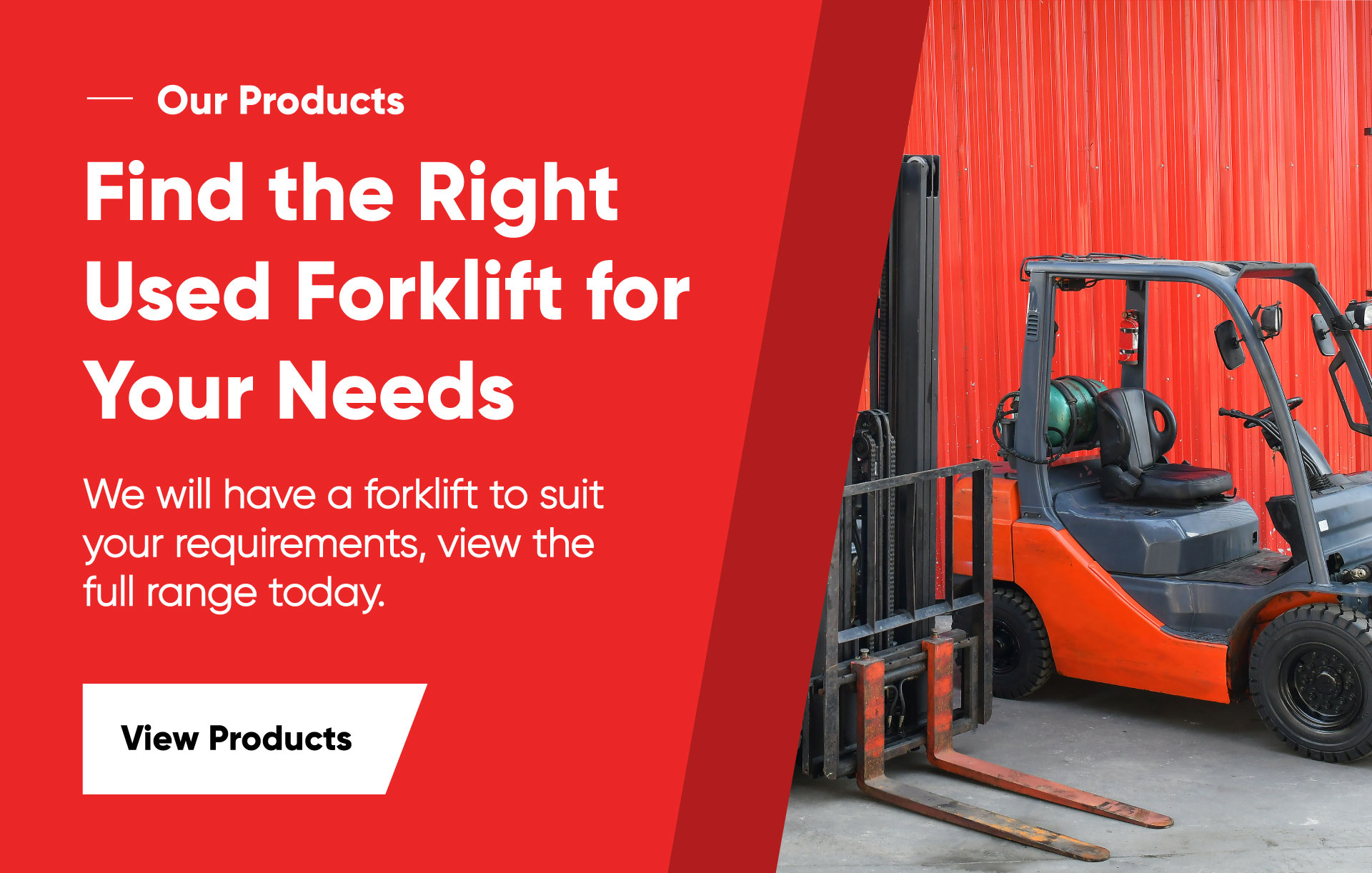News
How Much Can a Forklift Lift? – Forklift Capacity Guide

There are many different types of forklifts that are suited for a huge range of applications and environments. To ensure maximum efficiency from your forklift, it is important to choose the correct machine for your requirements. A great place to start is by identifying the forklift load capacity you require, so you can determine if the forklift can manage the load you are moving.
It’s important to always have a full understanding of the forklift you operate, including the lifting capacity and load centre of the machine. To ensure your safety, it’s important to work out the maximum height and load centre of the loads you’re lifting to ensure the forklift can handle the job. Exceeding the load capacity of a forklift can be very dangerous and result in forklift accidents and injury from tipping forwards.
How Much Can a Forklift Lift?
The forklift load capacity is the maximum weight that a forklift can safely lift when the load centre is at a specified point. Below are the average capacity ranges of common forklifts:
|
Forklift Type |
Average Capacity Range |
|
Counterbalance Forklift |
1.4 tonne – 16 tonne |
|
Reach Trucks |
1.2 tonne – 2.5 tonne |
|
Stacker |
1 tonne – 2.5 tonne |
|
Pallet Truck |
1 tonne – 3 tonne |
|
Articulated Forklift |
1.2 tonne – 2.5 tonne |
|
VNA Turret Man Up |
1 tonne – 2 tonne |
|
Order Picker |
1 tonne – 2 tonne |
|
Rough Terrain Forklift |
1.5 tonne – 5 tonne |
|
Telescopic |
1.2 tonne – 5 tonne |
|
4 Way |
1.5 tonne – 8 tonne |
To make sure you know how much your forklift can lift, however, you first must understand the different types of load capacity.
Rated load capacity -
This is the maximum theoretical weight the truck can safely lift, up to a certain lift height - based on engineering calculations and assumptions on the load.
Residual load capacity -
This is how much weight the forklift can actually lift, considering any attachments and irregular loads affecting the centre of gravity.
Understanding Forklift Load Centre
The forklift load centre is the balance point of a load, where it will be evenly balanced whilst sitting on the forks. When raising a load on the forks, the front of the forklift truck becomes top heavy, however the built-in counterbalance weight counters this to prevent tipping.
All forklifts are rated to a certain safe lifting capacity and height by the manufacturer, this can be found on the data plate. However, the dimensions of the load, it’s position and weight distribution on the forks, side shift and forklift attachments can all affect the trucks actual capacity.

Factors That Affect How Much a Forklift Can Lift:
Lifting Height
As the lifting heigh increases, so does the centre of gravity, meaning less weight can be lifted.
Attachments
Not only do the attachments add extra weight, but they extend the load centre forward.
Load Centre
Most forklift loads are rated with a 24-inch load centre, if you are handling longer loads then the centre will increase, reducing the lifting capacity.
Load Distribution
If a load isn’t evenly distributed, the centre of gravity will move causing reduced lifting capacity and instability. To minimise this, try to place the load with the heaviest part close to the fork face.
Fork Wear
As a forklift wears down, the lifting capacity is reduced due to the erosion of the forks thickness. This also applies to tyres, so it is important to stay within the wear limits to ensure the forklift truck's performance capabilities are up to standard.
|
To ensure you have all the information you require to safely operate your forklift, all forklift trucks have a data plate that lists essential information about the truck, including:
Forklifts come in range of capacities, starting from 1 tonne all the way up to an impressive 90 tonnes! Our team can assess your requirements and help you select the most appropriate truck for the loads you are handling. Get in touch! |
Subscribe
Keep up to date with PHL and all things forklift machinery.
